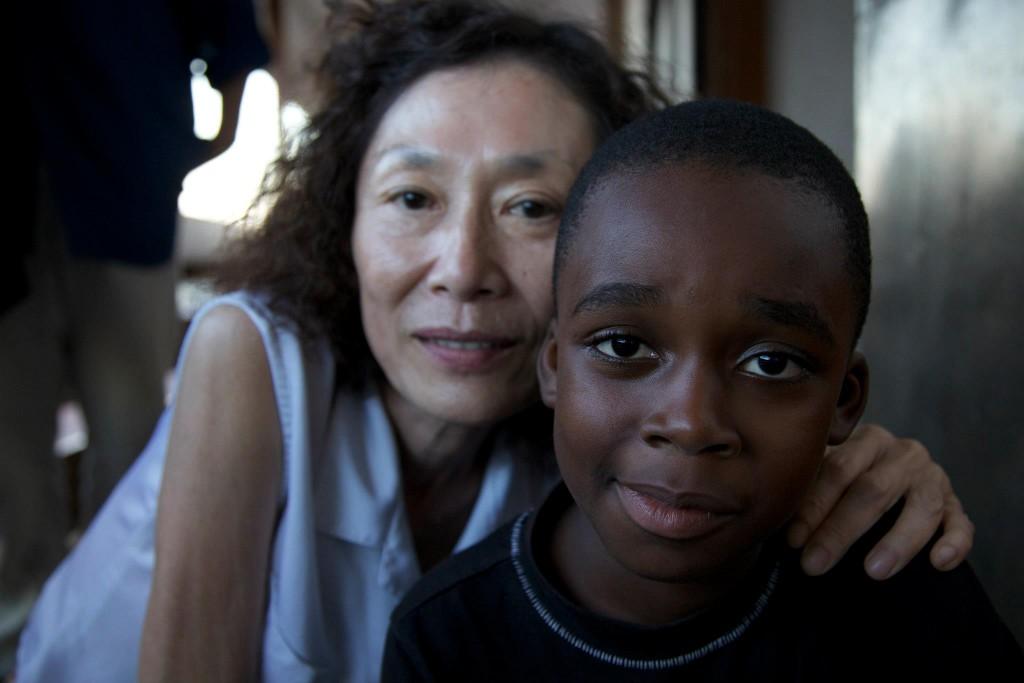NEW YORK—The U.S. Environmental Protection Agency (EPA) was criticized on Tuesday in Lower Manhattan for its decision to allow the chemical, Polychlorinated Biphenyls (PCBs), at a level that may prove harmful to children. A public hearing allowed local officials and residents to vent their frustrations with the EPA’s current position on PCBs.
Since 1976, PCBs have been banned for production in the United States for their effects on human health. However, PCBs are still brought into the country after being manufactured in other countries.
Cable insulation, caulking, floor finish, and a whole range of plastic based materials contain PCBs that affect the endocrine system, the liver, the nervous system, the reproductive system, and pose a whole range of other health concerns.
PCBs have their advantages, they are nonflammable, are electrical insulators, and are chemically stable.
The first speaker at Tuesday’s press conference was Jim Roewer executive director of Utility Solid Waste Activities Group that manages distribution and generation of electricity who asked for more time because testing for PCBs in cable insulation would be like “looking for a needle in a hay stack.”
Removal of PCBs from all products is “unachievable,” will cause service disruptions, and cost billions of dollars to be finished in time for the deadline proposed Mary Davis, an American Electrical Power employee at the hearing.
The EPA cannot “sweep this problem under the regulatory rug” argued Bronx deputy borough president, Aurelia Greene. Greene proposed that the EPA work more with federal agencies to create a national database on PCB levels in school children and staff who spend time in PCB contaminated buildings.
After many officials spoke, Patty Donegan, a mother from Staten Island, shared her story. Donegan was sending her son to third grade back in the 1980s. She was excited to hear that the school was installing new windows. Much to her surprise, her mildly asthmatic child began to have serious breathing problems while in school.
Donegan knew that the school environment was making her boy sick, so she started to investigate, and when she came across a possible trigger: the PCBs that were stuffed in caulk in windows and air filters in the classroom. After investigation and testing, Donegan found that there were 994ppm of PCBs in the caulk.
Since 1976, PCBs have been banned for production in the United States for their effects on human health. However, PCBs are still brought into the country after being manufactured in other countries.
Cable insulation, caulking, floor finish, and a whole range of plastic based materials contain PCBs that affect the endocrine system, the liver, the nervous system, the reproductive system, and pose a whole range of other health concerns.
PCBs have their advantages, they are nonflammable, are electrical insulators, and are chemically stable.
The first speaker at Tuesday’s press conference was Jim Roewer executive director of Utility Solid Waste Activities Group that manages distribution and generation of electricity who asked for more time because testing for PCBs in cable insulation would be like “looking for a needle in a hay stack.”
Removal of PCBs from all products is “unachievable,” will cause service disruptions, and cost billions of dollars to be finished in time for the deadline proposed Mary Davis, an American Electrical Power employee at the hearing.
The EPA cannot “sweep this problem under the regulatory rug” argued Bronx deputy borough president, Aurelia Greene. Greene proposed that the EPA work more with federal agencies to create a national database on PCB levels in school children and staff who spend time in PCB contaminated buildings.
After many officials spoke, Patty Donegan, a mother from Staten Island, shared her story. Donegan was sending her son to third grade back in the 1980s. She was excited to hear that the school was installing new windows. Much to her surprise, her mildly asthmatic child began to have serious breathing problems while in school.
Donegan knew that the school environment was making her boy sick, so she started to investigate, and when she came across a possible trigger: the PCBs that were stuffed in caulk in windows and air filters in the classroom. After investigation and testing, Donegan found that there were 994ppm of PCBs in the caulk.




